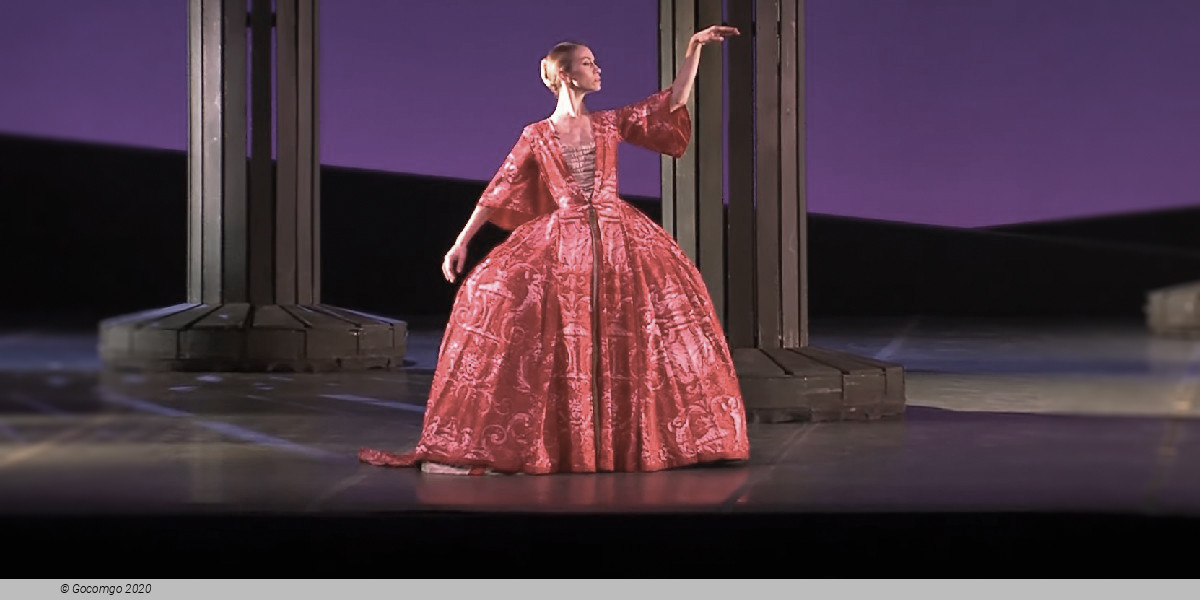Things to do in Rome
Things to do in Rome

Rome is the capital city of Italy, and also the capital of the Lazio region, with a history spanning 28 centuries. Rome became first one of the major centres of the Renaissance, and then the birthplace of both the Baroque style and Neoclassicism. Famous artists, painters, sculptors, and architects made Rome the centre of their activity, creating masterpieces throughout the city. Its historic centre is listed by UNESCO as a World Heritage Site. Rome is generally considered to be the "cradle of Western civilization and Christian culture", and the centre of the Catholic Church. Vatican City (the smallest country in the world) is an independent country inside the city boundaries of Rome, the only existing example of a country within a city.
Rome is an important centre for music, and it has an intense musical scene, including several prestigious music conservatories and theatres. It hosts the Accademia Nazionale di Santa Cecilia (founded in 1585), for which new concert halls have been built in the new Parco della Musica, one of the largest musical venues in the world. Rome also has an opera house, the Teatro dell'Opera di Roma, as well as several minor musical institutions. The city also played host to the Eurovision Song Contest in 1991 and the MTV Europe Music Awards in 2004.
Rome has also had a major impact on music history. The Roman School was a group of composers of predominantly church music, which were active in the city during the 16th and 17th centuries, therefore spanning the late Renaissance and early Baroque eras. The term also refers to the music they produced. Many of the composers had a direct connection to the Vatican and the papal chapel, though they worked at several churches; stylistically they are often contrasted with the Venetian School of composers, a concurrent movement which was much more progressive. By far the most famous composer of the Roman School is Giovanni Pierluigi da Palestrina, whose name has been associated for four hundred years with smooth, clear, polyphonic perfection. However, there were other composers working in Rome, and in a variety of styles and forms.
Between 1960 and 1970 Rome was considered to be a “new Hollywood” because of the many actors and directors who worked there; Via Vittorio Veneto had transformed into a glamour place where you could meet famous people.
Rome today is one of the most important tourist destinations in the world, due to the incalculable immensity of its archaeological and artistic treasures, as well as for the charm of its unique traditions, the beauty of its panoramic views, and the majesty of its magnificent "villas" (parks). Among the most significant resources are the many museums – Musei Capitolini, the Vatican Museums and the Galleria Borghese and others dedicated to modern and contemporary art – aqueducts, fountains, churches, palaces, historical buildings, the Colosseum, the monuments and ruins of the Roman Forum, and the Catacombs.
Rome contains a vast and impressive collection of art, sculpture, fountains, mosaics, frescos, and paintings, from all different periods. Rome first became a major artistic centre during ancient Rome, with forms of important Roman art such as architecture, painting, sculpture and mosaic work. Metal-work, coin die and gem engraving, ivory carvings, figurine glass, pottery, and book illustrations are considered to be 'minor' forms of Roman artwork. Rome later became a major centre of Renaissance art, since the popes spent vast sums of money on the construction of grandiose basilicas, palaces, piazzas and public buildings in general. Rome became one of Europe's major centres of Renaissance artwork, second only to Florence, and able to compare to other major cities and cultural centres, such as Paris and Venice. The city was affected greatly by the baroque, and Rome became the home of numerous artists and architects, such as Bernini, Caravaggio, Carracci, Borromini and Cortona. In the late 18th century and early 19th century, the city was one of the centres of the Grand Tour, when wealthy, young English and other European aristocrats visited the city to learn about ancient Roman culture, art, philosophy, and architecture. Rome hosted a great number of neoclassical and rococo artists, such as Pannini and Bernardo Bellotto. Today, the city is a major artistic centre, with numerous art institutes and museums.
Rome has a growing stock of contemporary and modern art and architecture. The National Gallery of Modern Art has works by Balla, Morandi, Pirandello, Carrà, De Chirico, De Pisis, Guttuso, Fontana, Burri, Mastroianni, Turcato, Kandisky, and Cézanne on permanent exhibition. 2010 saw the opening of Rome's newest arts foundation, a contemporary art and architecture gallery designed by acclaimed Iraqi architect Zaha Hadid. Known as MAXXI – National Museum of the 21st Century Arts it restores a dilapidated area with striking modern architecture. Maxxi features a campus dedicated to culture, experimental research laboratories, international exchange and study and research. It is one of Rome's most ambitious modern architecture projects alongside Renzo Piano's Auditorium Parco della Musica and Massimiliano Fuksas' Rome Convention Center, Centro Congressi Italia EUR, in the EUR district.
Rome is also widely recognised as a world fashion capital. Although not as important as Milan, Rome is the fourth most important centre for fashion in the world, according to the 2009 Global Language Monitor after Milan, New York, and Paris, and beating London.
Major luxury fashion houses and jewellery chains, such as Valentino, Bulgari, Fendi, Laura Biagiotti, Brioni, and Renato Balestra, are headquartered or were founded in the city. Also, other major labels, such as Gucci, Chanel, Prada, Dolce & Gabbana, Armani, and Versace have luxury boutiques in Rome, primarily along its prestigious and upscale Via dei Condotti.

